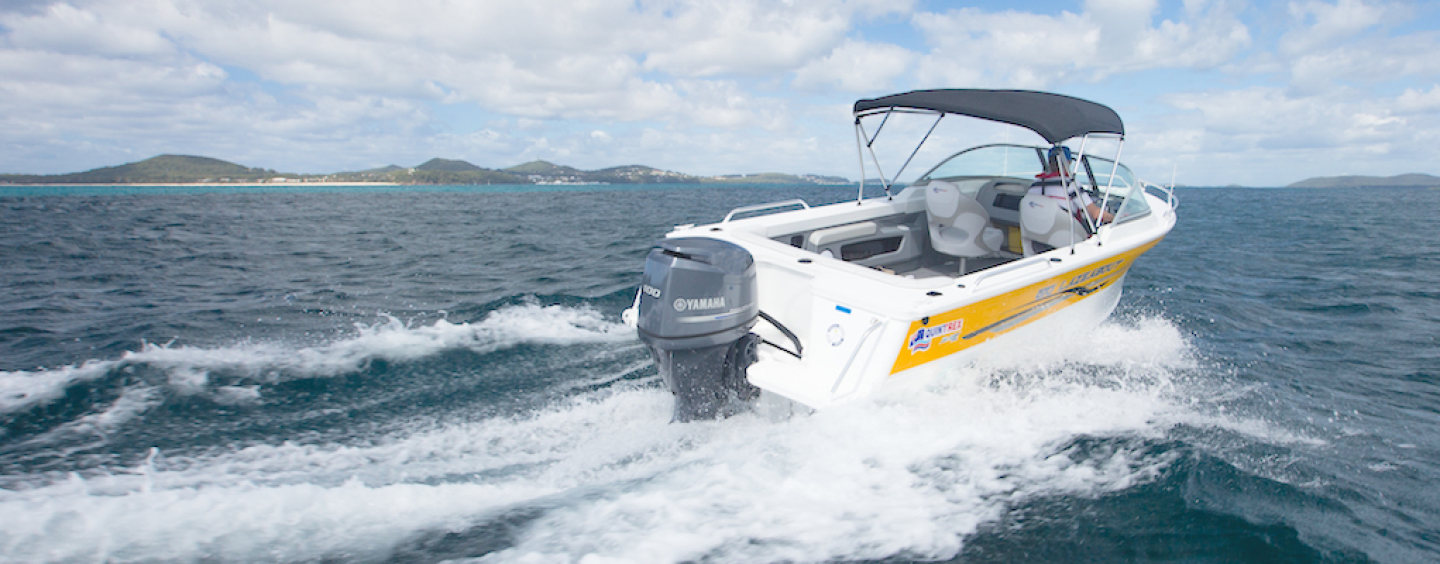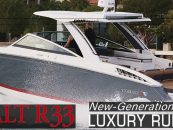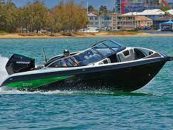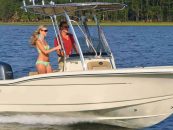For anyone who is relatively new to boating, getting your head around all the different boat types and options can be a daunting prospect. To help you sail through the process as easily as possible, we have put together this brief and handy selection of buying tips.
PUTTING THE FAMILY FIRST
Heading off to the dealer before you have figured out exactly what you and your family want from the boat will only create headaches later on. Sit down with your family first and discuss who will be using the boat, where it will be going, and what sort of activities are most important to you. The type of boat you will need for two-person fishing trips is very different to one suited for towing water skiers. Once you have decided the boat’s main purpose and the usual number of passengers, then you will be able to find a boat that your family can enjoy for years to come.
FINDING THE RIGHT BOAT TYPE
The humble tinnie is always a good place to start for beginners. They are very light, which makes them easy to handle, economical to run, and simple to transport and store at home.
For those who want to take more people on their boats and be able to tackle rougher waters, you will want to consider larger boat types. Runabouts are good all-rounders because the windscreen provides protection for the family, while still allowing for plenty of room in the back for fishing. Bowriders can be another good option for the family if cruising comfort is a priority. However, there is less room for fishing. And if fishing is your main aim, you may want to consider cabin boats to ensure more shelter from the elements.
SELECTING THE OUTBOARD
As usual, keep in mind your boat size and your main boating activities when choosing your outboard. Also, consider the type of water the boat will frequently be on. An inexperienced boat owner should choose an outboard that is less powerful than those used by experienced drivers. The choice between a 2-stroke or 4-stroke motor is also important. Generally, a 4-stroke engine will operate more effectively at slower speeds than a 2-stroke.
CHOOSE THE RIGHT DEALER
Now that you have the details sorted, the real fun begins. It is shopping time! As well as seeking out the right boat, you also need to pick a good dealer. Ensure your dealer is an Accredited Boat Dealer and then shop around a few dealers, hitting them with the same set of hard questions. Picking a local dealer is also important so that you can have easy access to support for any issues that crop up down the track.
ON-WATER TEST
For a purchase as important as a new boat, it is critical that you take it for a test drive to see how well its performance suits your needs. Try and take your family or friends who will be using it regularly with you to know how it handles a full crew. And if at all possible, aim to do the test drive on some mildly choppy water rather than calm water.
NEW VS USED
The final choice you need to make is whether to buy new or used. Purchasing a new boat will obviously cost more money, but it will give you the security of a warranty and allow you to pick every detail to ensure it is exactly suited to your needs. On the other hand, used boats will save you money, especially if you are patient enough for the right one to come along. Be wary though, as you may get slugged with unexpected repair costs down the track.
While there are many reliable sources of advice you can refer to when making a decision, it is important to remember that it is you and your family who will use your boat. Ultimately, the boat you purchase should be the boat that meets your expectations and your needs.
By Narayan Pattison



























